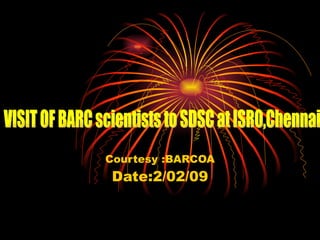1) India successfully launched its first unmanned lunar mission, Chandrayaan-1, in October 2008 using the PSLV rocket to place it in orbit around the moon.
2) Chandrayaan-1 carried 11 instruments from India and other countries to perform remote sensing of the moon and map its surface to help unravel mysteries about the moon's composition and formation.
3) Over a planned two-year mission, Chandrayaan-1 will map the moon's surface in high resolution and investigate the polar regions, which may contain water ice.








































